9 Solutions for When Windows Explorer is Not Responding
- Windows Explorer not responding can be due to heavy resource usage, software conflicts, outdated or corrupted drivers, system file corruption, and malware.
- To fix Windows Explorer issues, restart the File Explorer, clear its history, free up hard drive space, update graphics drivers, run malware scans, boot in Safe Mode, and run a System File Checker scan.
- Additional solutions include restoring the computer using System Restore or resetting the PC, but always back up data before resetting.
Windows Explorer, also known as File Explorer, is among the most widely used components of the Windows operating system. It provides a user-friendly interface for accessing files and folders.
However, it’s not uncommon for Windows Explorer to occasionally stop responding, leading to frustration and reduced productivity. In this article, let’s delve deep into why Windows Explorer ends up in a situation where it keeps crashing, doesn’t respond to commands and take a look at steps to resolve it.
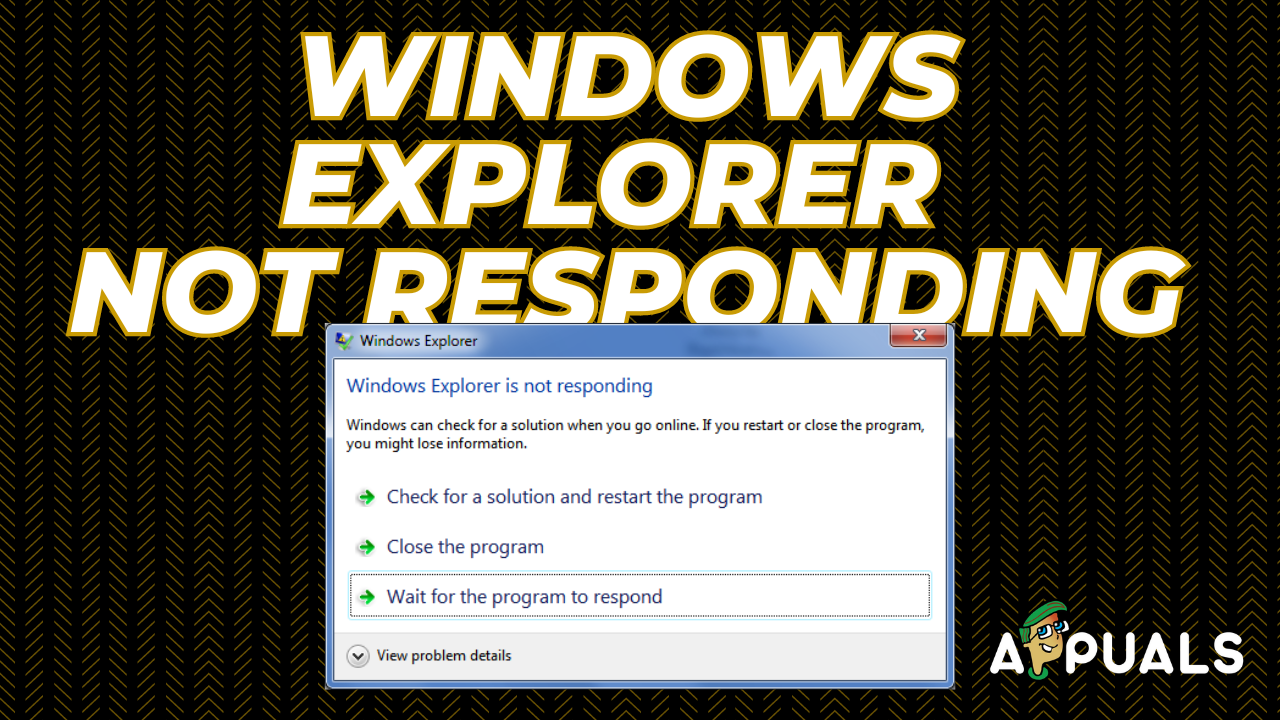
Table of Contents
Why Does Windows Explorer Keep Not Responding?
Windows Explorer may become unresponsive for various reasons, ranging from software conflicts and outdated drivers to corrupted system files and insufficient system resources.
- Heavy Resource Usage: Running multiple applications or large files can overload memory and system resources, causing Explorer to freeze.
- Software Conflicts: Third-party applications, especially those that rely on local storage, can interfere with Explorer’s operations.
- Outdated or Corrupted Drivers: Drivers, particularly graphics drivers, that are outdated or corrupted are known to lead to display issues and Explorer crashes.
- System File Corruption: Critical system files that are damaged or missing can prevent Explorer from functioning correctly.
- Malware: Malicious software can disrupt normal operations and cause various system issues, including Explorer crashes.
READ MORE: How to Add Google Drive to Windows Explorer Sidebar? ➜
How to Fix Windows Explorer Not Responding
There are a variety of fixes you can try to resolve the Windows Explorer not responding issue.
1. Restart the Windows File Explorer
Restarting Windows File Explorer is one of the simplest fixes to try. Here’s how to do it:
↪ Method 1: via Task Manager
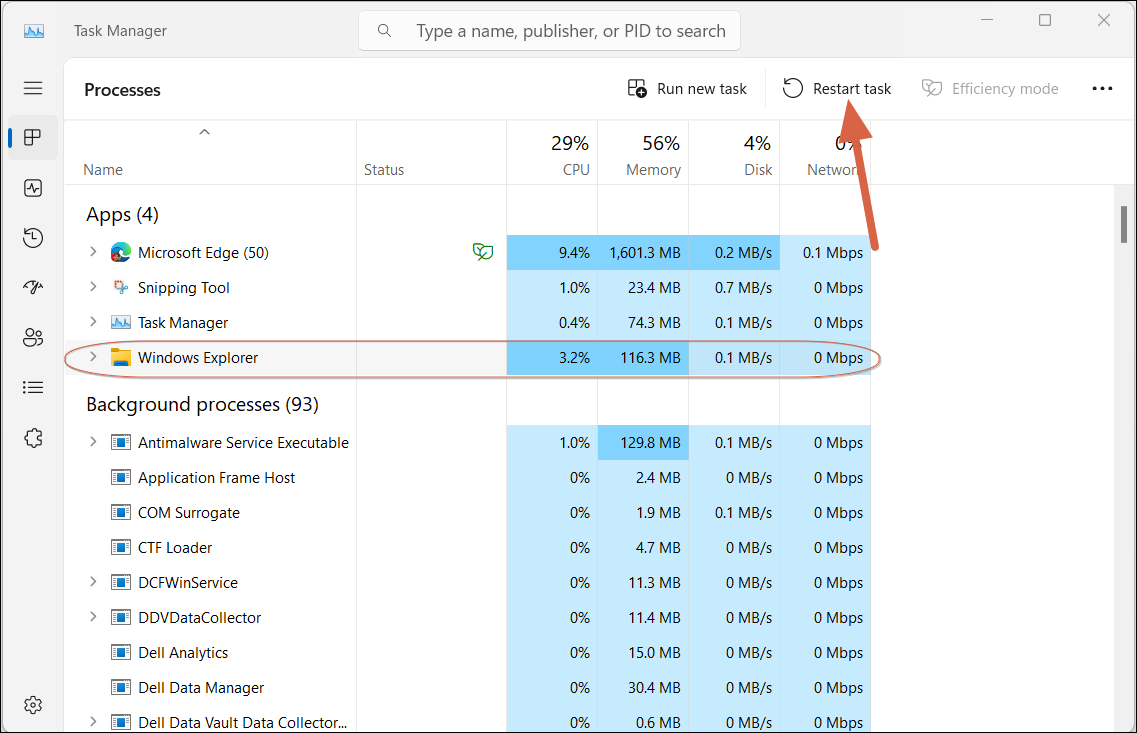
- Quickly open the Task Manager by pressing Ctrl + Shift + Esc. Alternatively, you can search for it in the Start Search Box and choose the main listed result.
- Locate and select Windows Explorer in the list of processes.
- Once selected, click on the Restart Task button at the top-right corner. This will refresh Explorer without restarting your PC.
↪ Method 2: via Command Prompt
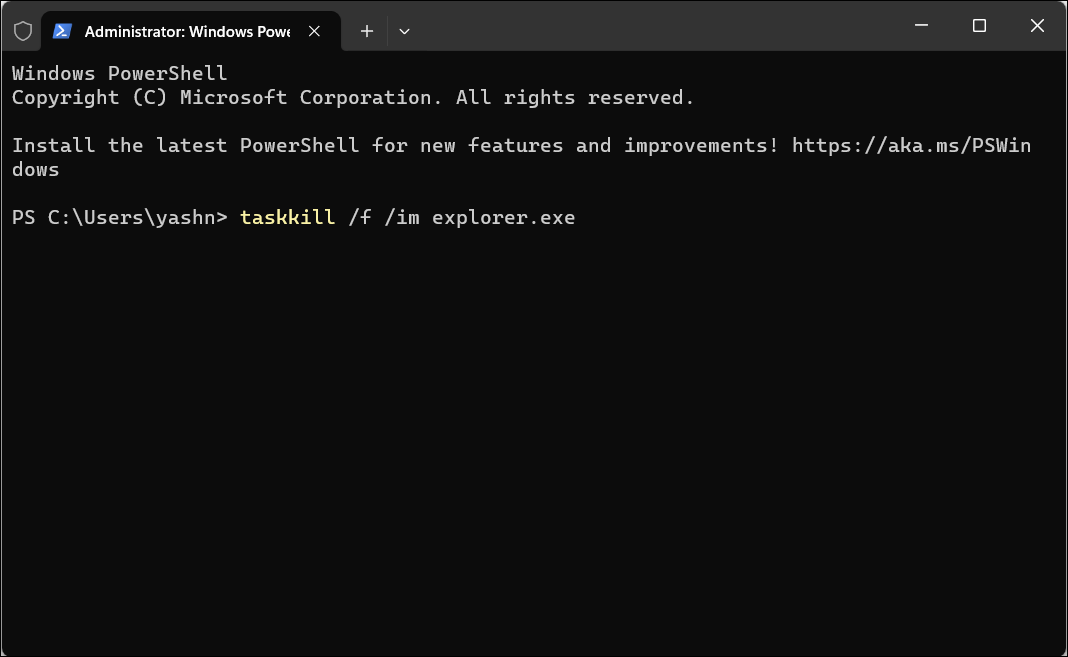
- Open a new Command Prompt window as Administrator by right-clicking the Start menu and choosing Terminal (Admin).
- Here, type taskkill /f /im explorer.exe and press Enter to stop Explorer.
- Then type start explorer.exe and press Enter to restart it.
2. Clear Windows Explorer’s History:
If Windows Explorer frequently crashes on your PC, clearing its history can improve performance and potentially resolve issues.
- Open a new File Explorer window, and look for and click on the three-dot icon.
- In the dropdown that appears, select Options to open the Folder Options menu.
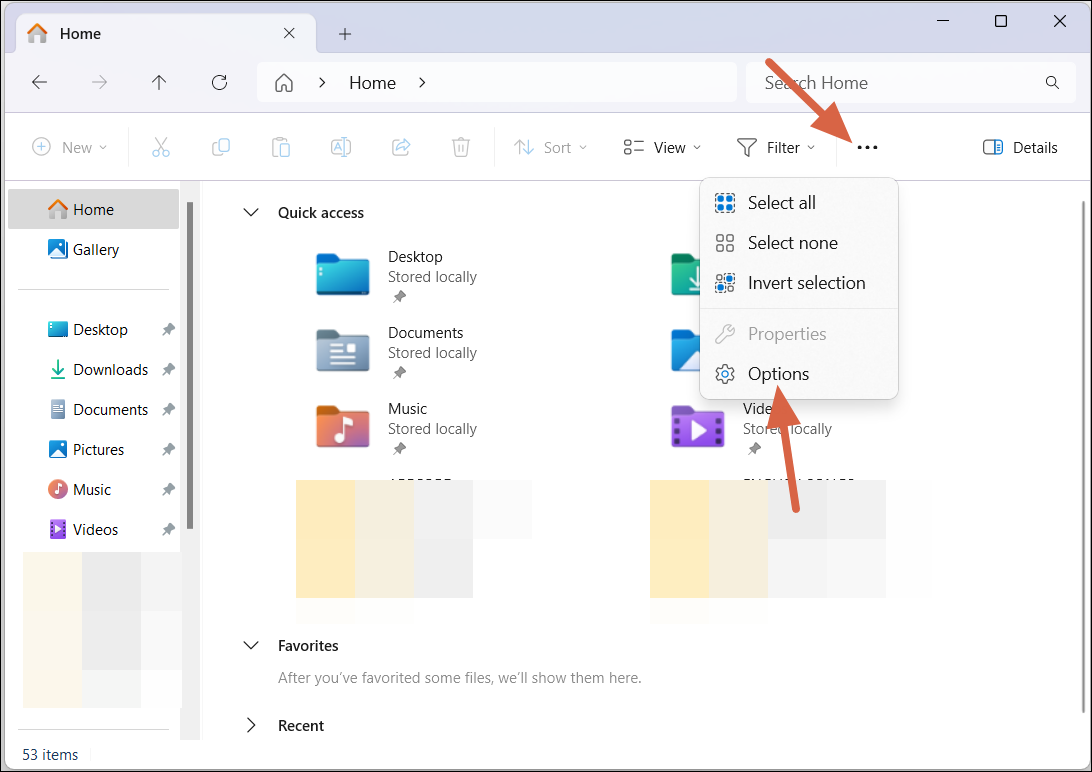
File Explorer Options Windows - In the General tab, under Privacy, click Clear to erase File Explorer’s history.
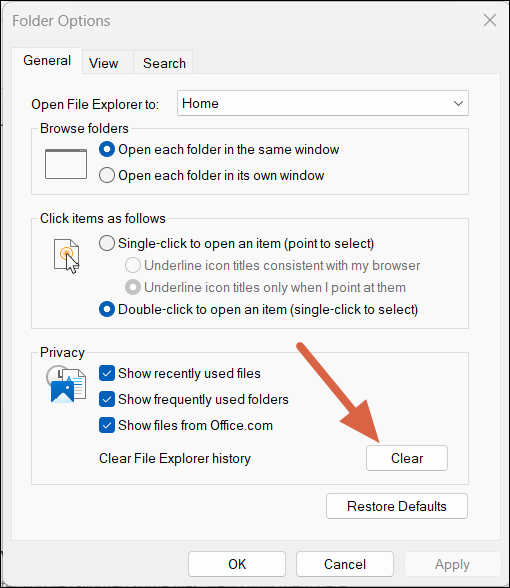
Clear File Explorer History Windows
READ MORE: Windows 11 Constantly Crashing? – Try these fixes ➜
3. Free Up Space on Your Hard Drive
If you’re running low on storage, Windows may not have enough space to operate normally, leading to frequent crashes. Here’s how to use the Disk Cleanup utility to free up storage:
- Open the Start Search Box by pressing the Windows icon on the keyboard, then search for Disk Cleanup and choose the main listed result.
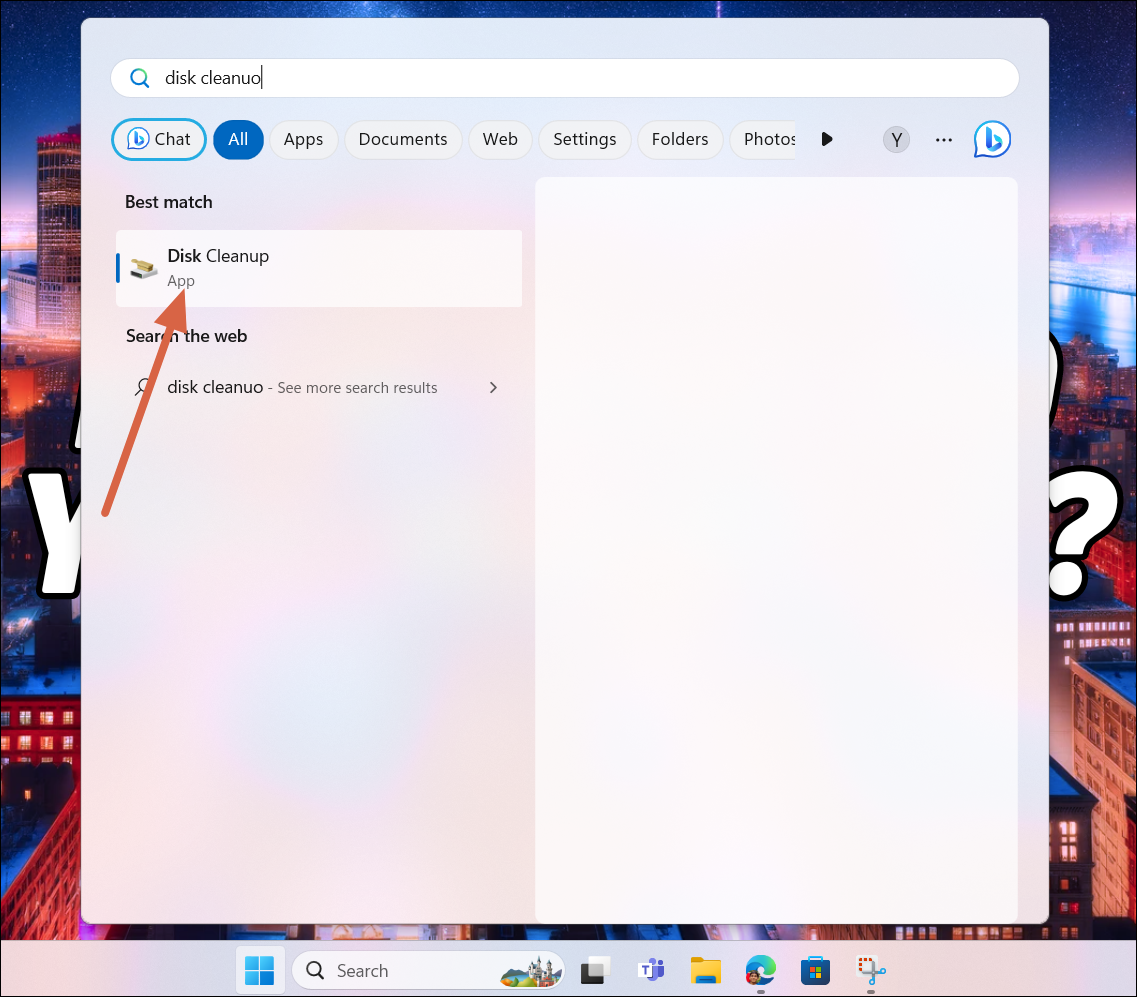
Open Disk Cleanup Windows - In the new window that opens, select the drive you want to clean and click OK.
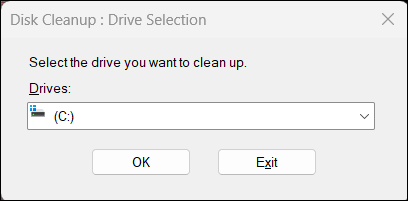
Configure Disk Cleanup - Check the boxes next to the types of files you want to delete, including temporary files.
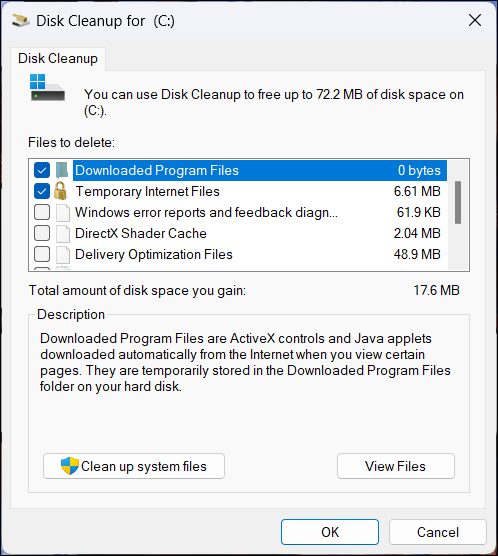
Disk Cleanup - Click OK and then Delete Files to confirm.
4. Update Graphics Driver
Many users on the forum have reported that a corrupted or outdated video driver might be causing issues with Windows Explorer. Here’s how you can update your graphics driver to the latest version.
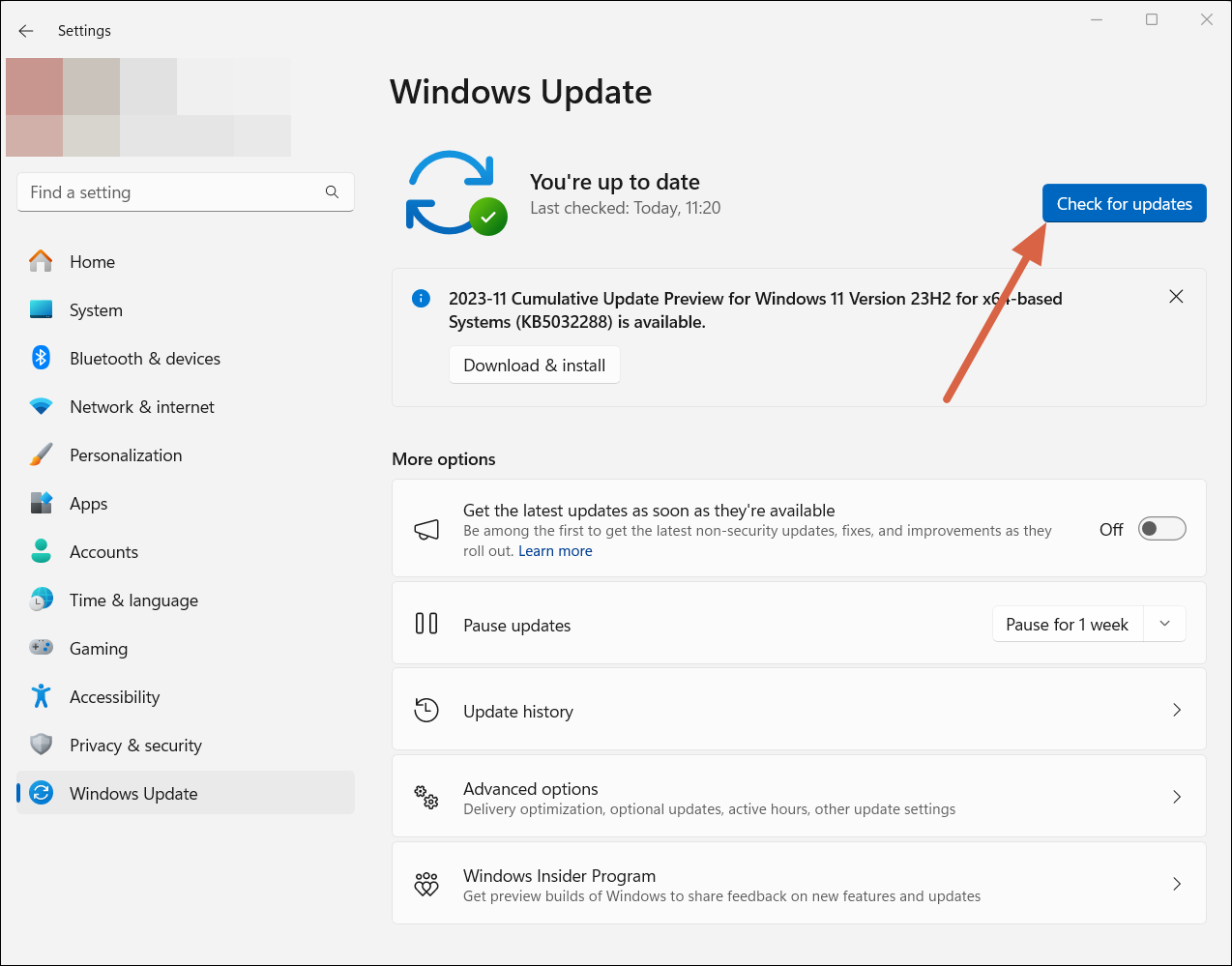
- Begin by opening Settings on your Windows PC. You can do this by quickly pressing the Windows + I keys on the keyboard or searching for the same in the Start Search Box.
- Alternatively, right-click on the Start icon and select Settings.
- On this page, click on Check for Updates and wait for Windows to search for any available updates. If you find an update available, click on Download and then Install the update.
READ MORE: How to update graphics driver in Windows? (AMD, Nvidia, Intel) ➜
5. Run a Malware Scan
Running a malware scan is essential to ensure the security and stability of your computer.
- In the Start Search Box, type Windows Security and choose the main result.
- Under Windows Security, look for and select Virus & Threat Protection.
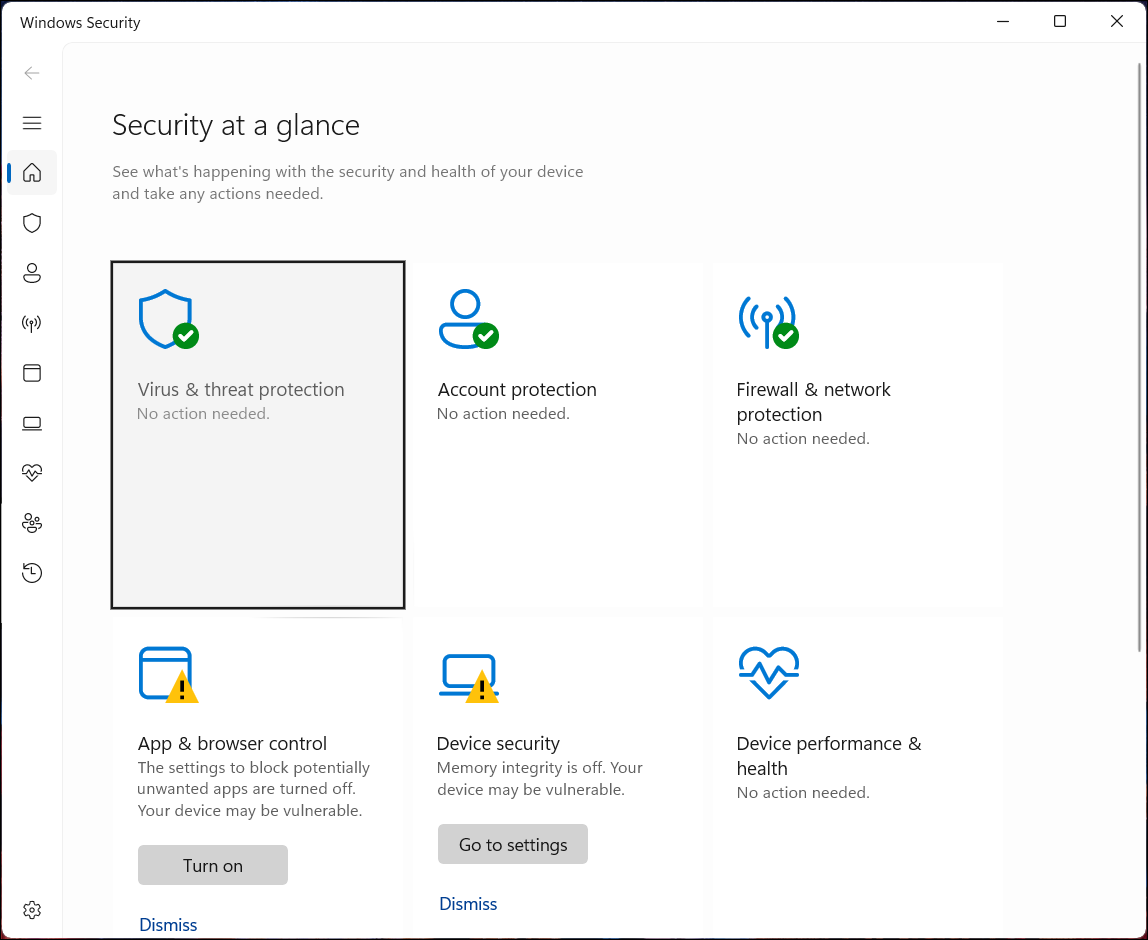
Virus and Threat Protection Windows Security - Here, click on Scan options and select Full scan, then click Scan now.
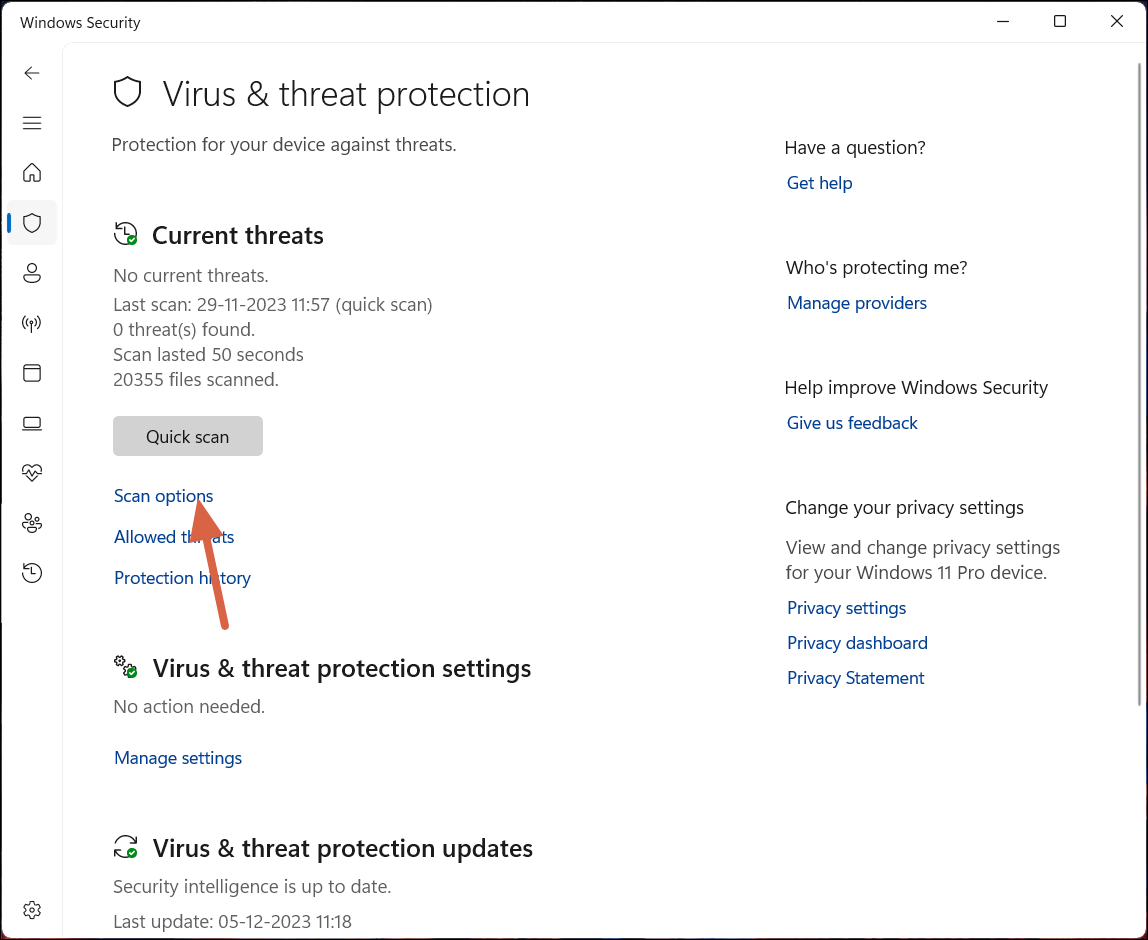
Scan Options Windows Security - Wait for the scan to complete, and if any threats are found, follow the on-screen instructions offered by Windows to remove the malware from the PC.
6. Boot Your System in Safe Mode
Booting your Windows machine in Safe Mode can help you isolate applications and determine if a specific application is causing issues or if it’s related to Windows itself. Here’s how to boot into Safe Mode:
- Head to Settings on your Windows machine.
- Navigate to System > Recovery and choose the Restart Now button next to Advanced Startup.
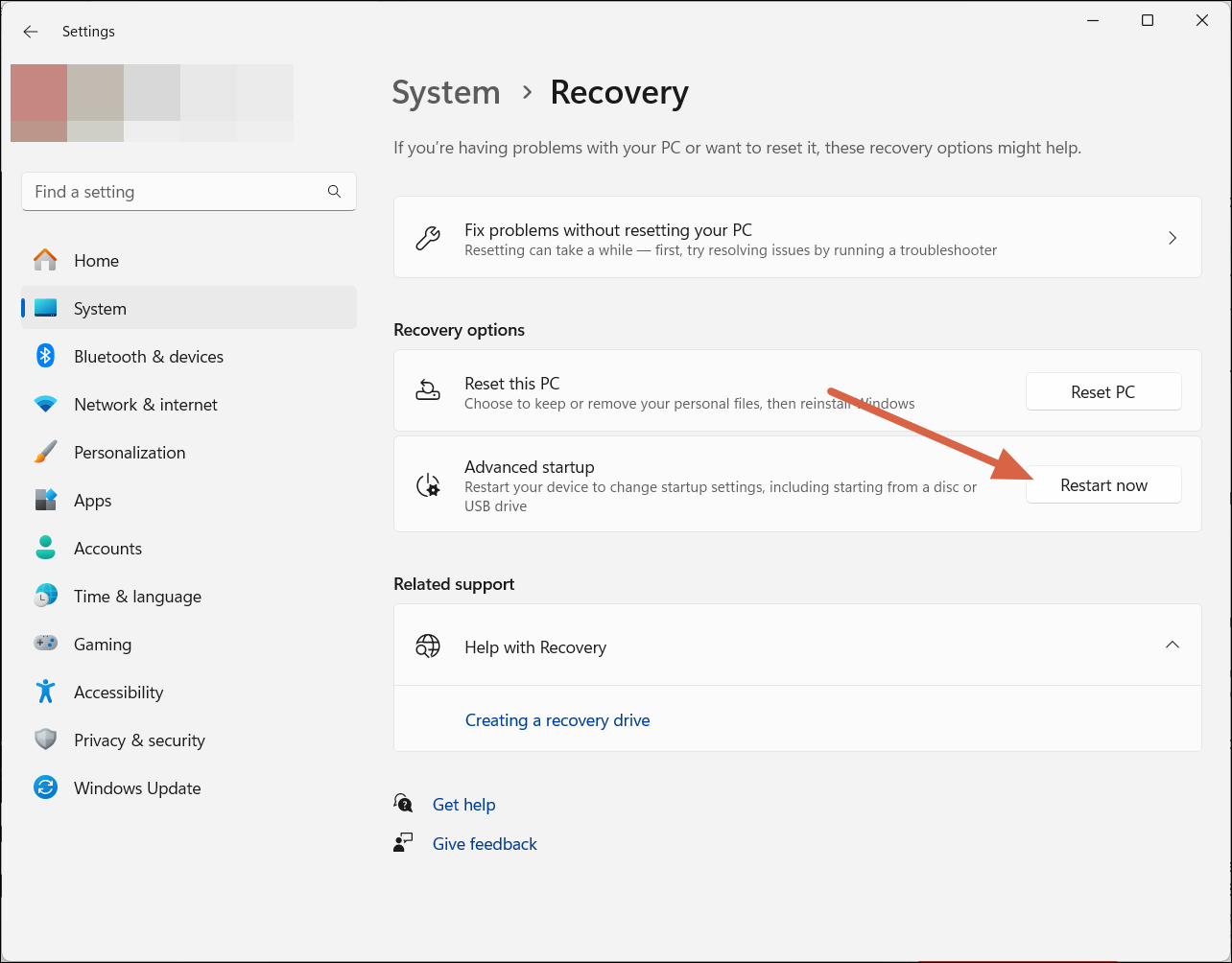
Restart into Boot Options - In the boot options menu, select Troubleshoot > Advanced options > Startup Settings > Restart.
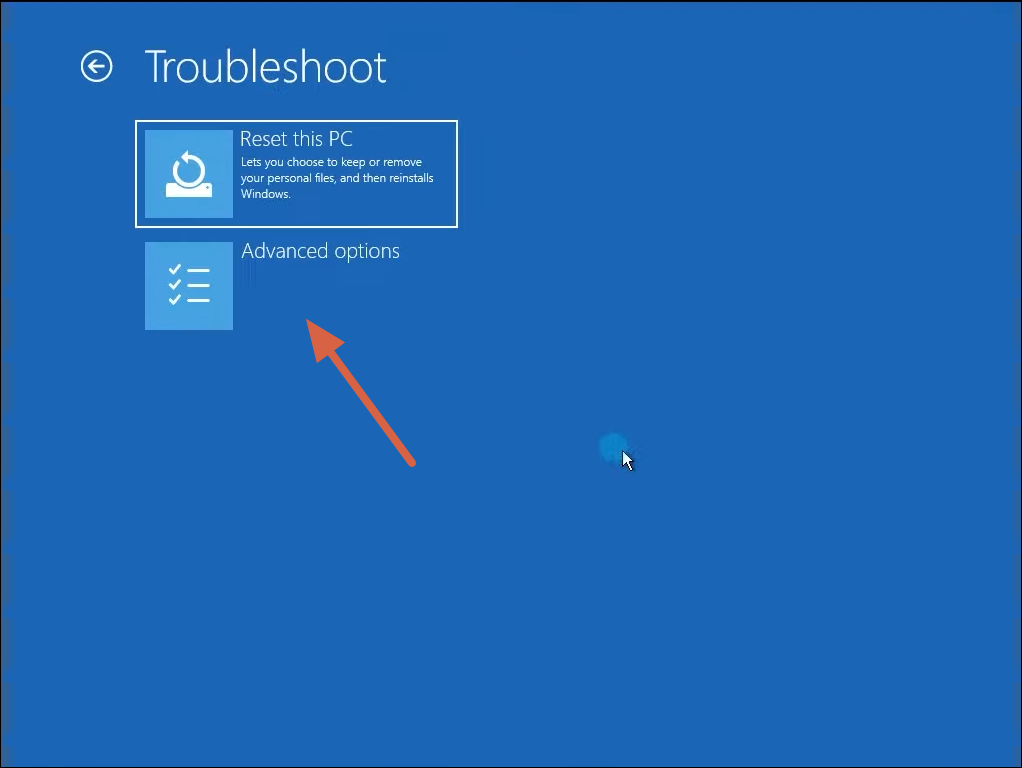
Windows Boot Options - Press the appropriate key (usually F4) to boot into Safe Mode.
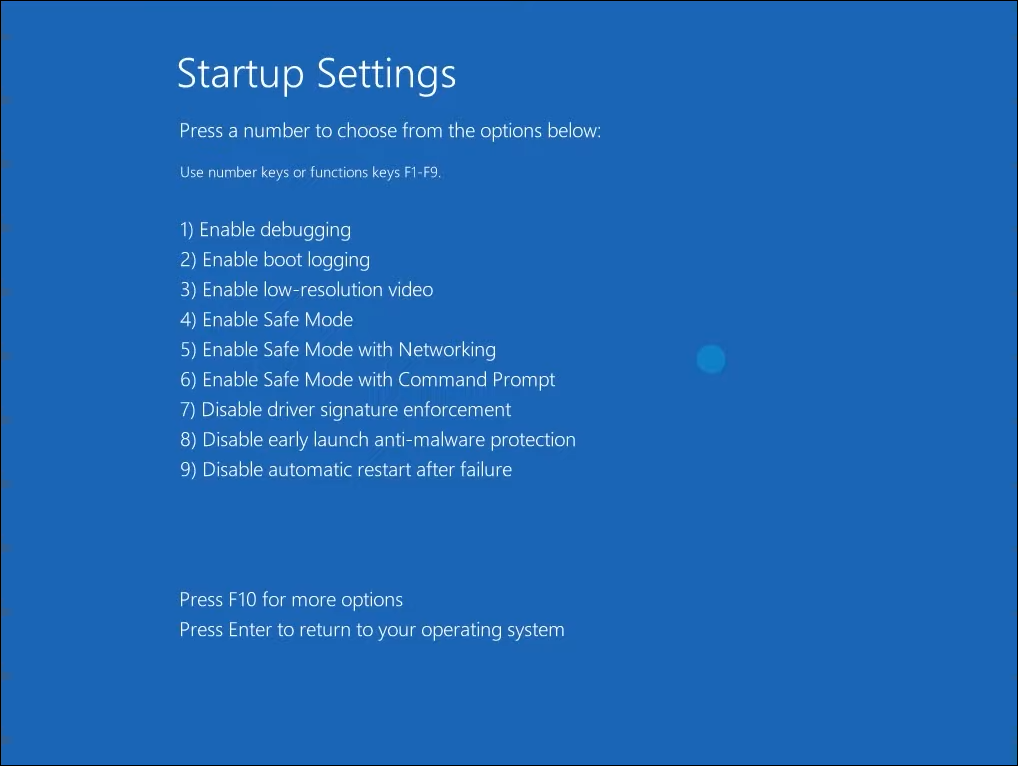
Boot into Safe Mode - Check if the issue persists. If it doesn’t, it implies that a third-party application is causing trouble. Try uninstalling applications one by one to identify the app causing issues.
7. Run System File Checker Scan
Running a Windows System File Checker scan can help identify and repair corrupted files, restoring the stability of the operating system.
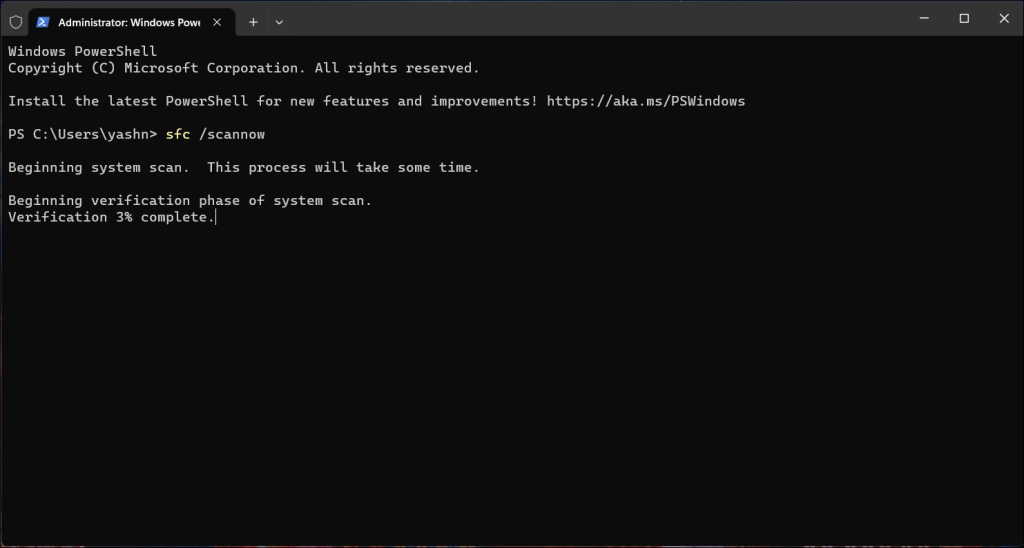
Begin by launching Command Prompt/Terminal/PowerShell as an administrator. You can do this by right-clicking the Start icon and selecting Terminal (Admin).
In the command prompt window, type sfc /scannow and press Enter. Wait for the process to complete.
Windows will now search for and fix any corrupted or incorrect files.
READ MORE: How to: Run SFC scan in Windows ➜
8. Restore Your Computer using System Restore
If a System Restore point is prepared, you can revert your system to a previous state, restoring all Windows files and settings. Here’s how to use System Restore to go back in time:
Press the Windows key on the keyboard, type Control Panel, and select the main result.
In the Control Panel, use the search bar in the top-right corner and type Recovery, then press Enter.
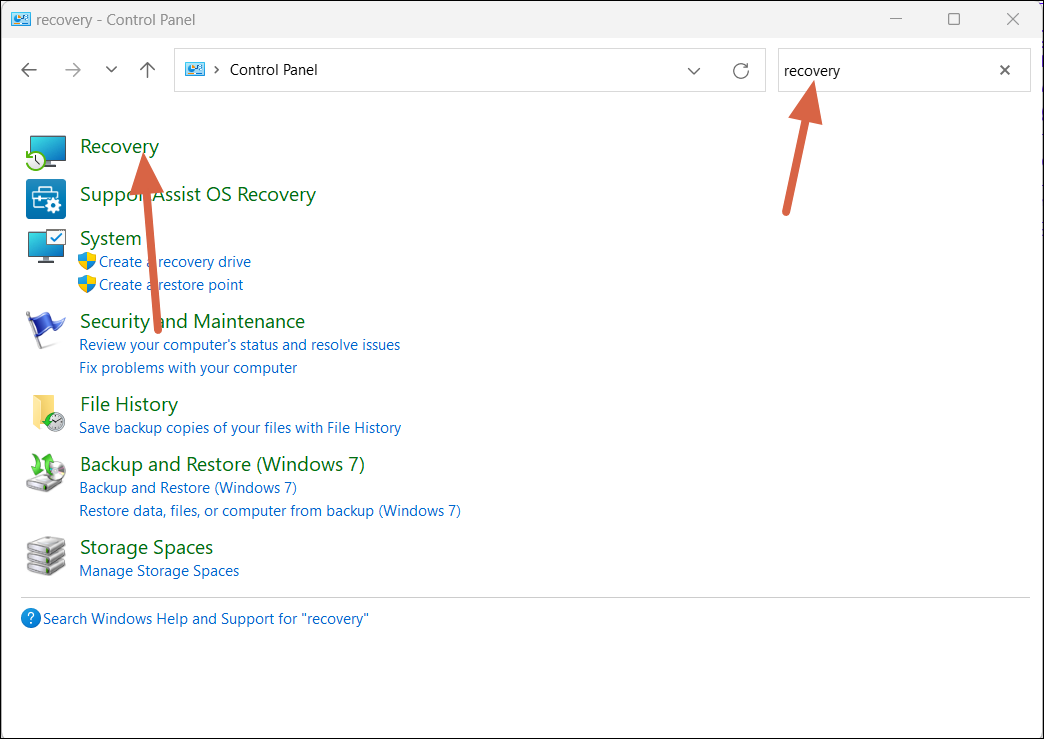
Search for Recovery Choose Recovery from the list of available options and select Open System Restore.
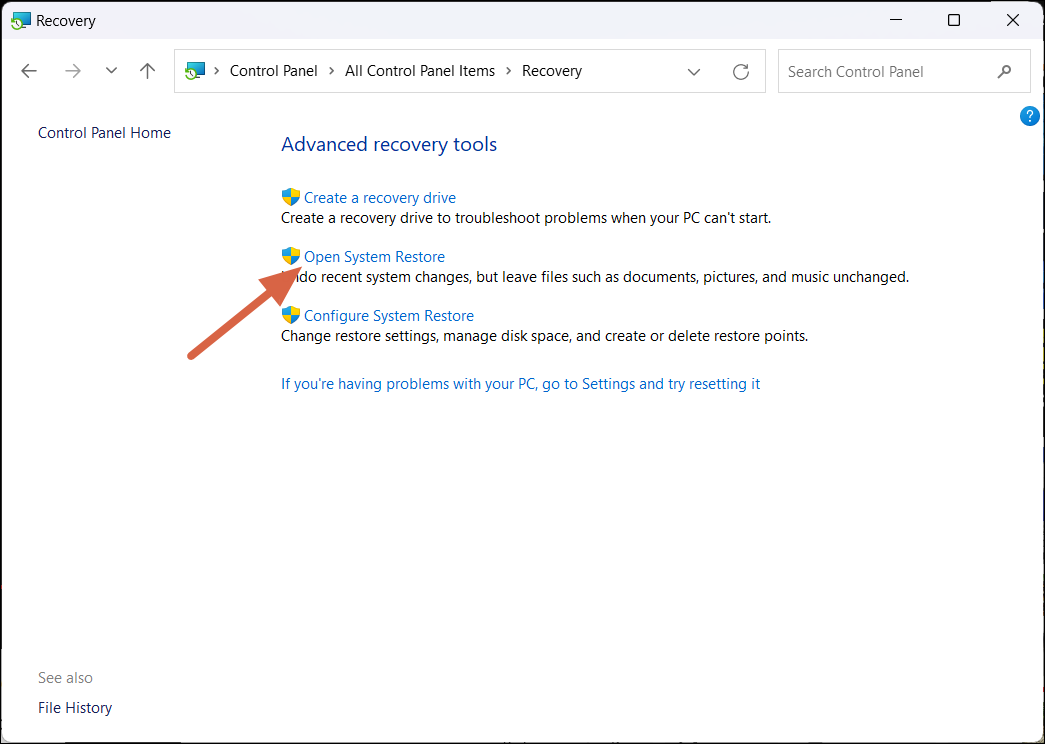
Open System Restore If you already have a System Restore point ready, Windows will display a Recommended Restore option. Select that and click Next, or choose a different restore point by selecting the other radio button on the page.
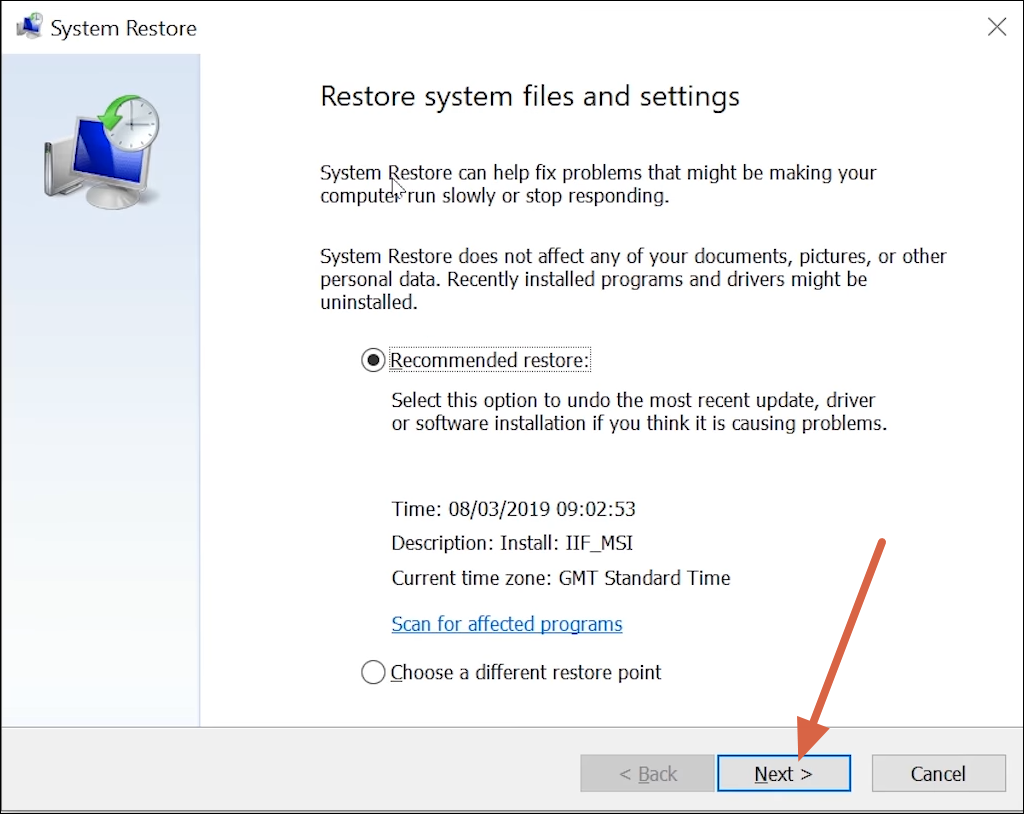
Setup System Restore On the next page, click Finish and then click Next to initiate the restoration process.
9. Reset Your PC
If none of the above solutions have worked, the last resort solution is to reset your PC. We recommend taking a complete computer backup before proceeding, as this process will delete all files and folders on the drive.
Go to Settings > System > Recovery.
Under Recovery Options, click on Reset PC next to the Reset this PC section.
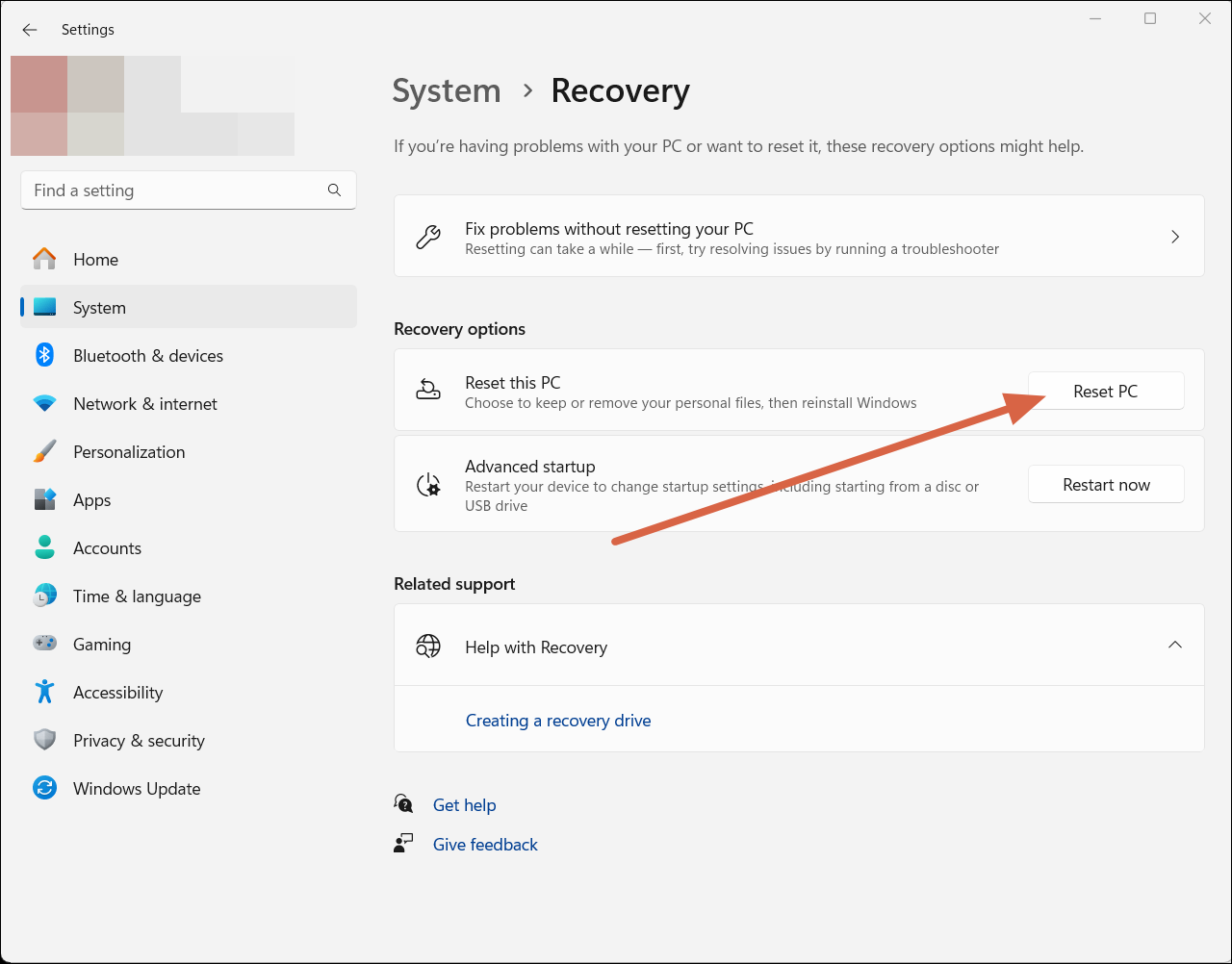
Reset this PC in Windows On the next screen, choose whether to keep your files or remove everything.
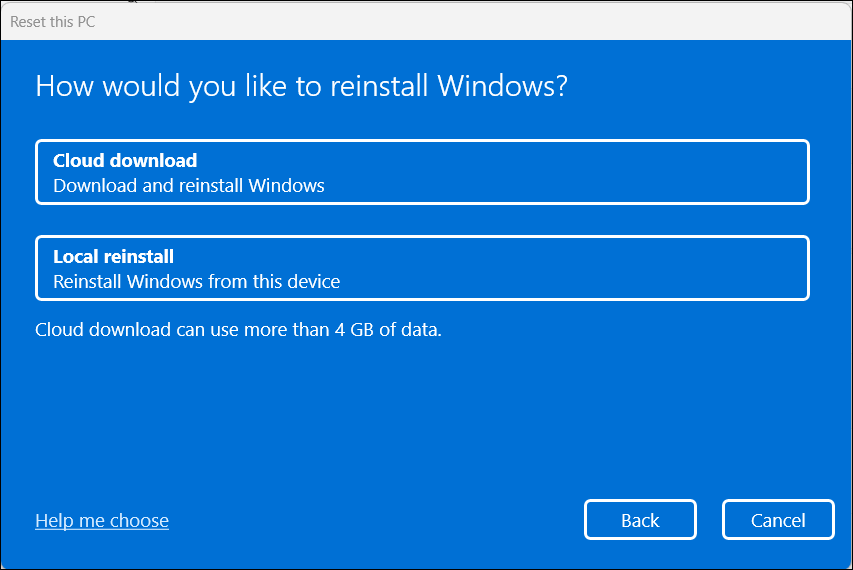
How Would You Like to Reinstall Windows You can opt to reinstall Windows locally from the device or download and reinstall a fresh copy of Windows from the internet.
Follow the on-screen instructions to complete the reset of your PC.
READ MORE: Fix: File Explorer Slow, Lagging and Freezing in Windows 11 ➜
Conclusion
In conclusion, Windows Explorer crashes can be resolved by restarting it, clearing its history, freeing up hard drive space, updating video drivers, running malware scans, booting in Safe Mode, using System File Checker, or even performing a System Restore if necessary.
As a last resort, you can reset your PC but always remember to back up your data before taking such a step. By following these steps, you can effectively troubleshoot and address Windows Explorer issues, ensuring a smoother and more productive computing experience.
FAQs
Yes, corrupted system files can be a common cause of Windows Explorer not responding. Using the built-in System File Checker (SFC) tool can help identify and repair corrupted system files, potentially resolving the issue.
Yes, malware can interfere with system operations, including causing Windows Explorer to freeze or crash. Regular scans for malware are essential for maintaining system health.
Yes, low system resources, such as insufficient RAM or disk space, can lead to Windows Explorer crashes. Ensure your computer meets the minimum hardware requirements for your operating system and consider upgrading your hardware if necessary.
 Reviewed by
Reviewed by 



